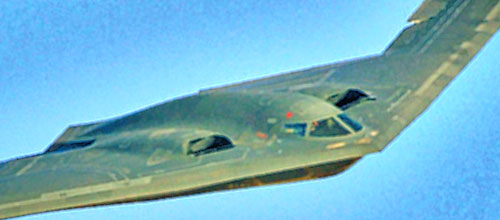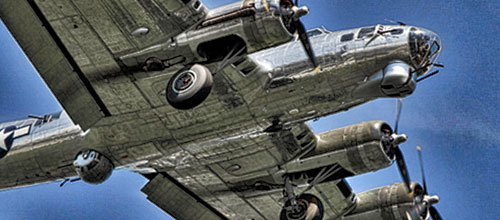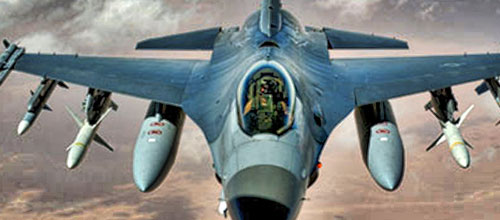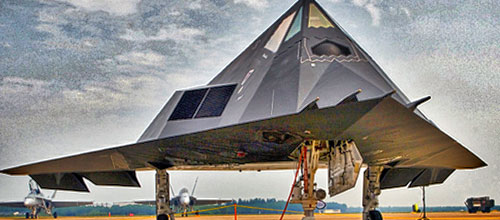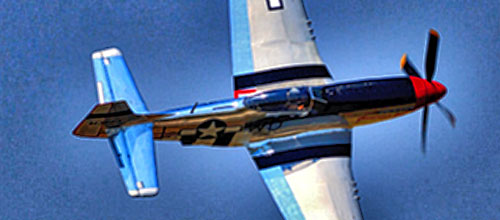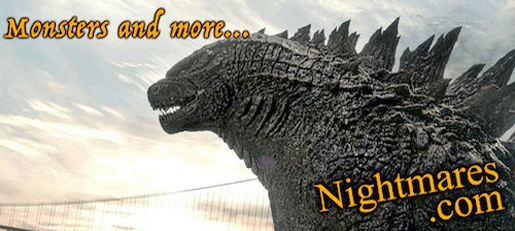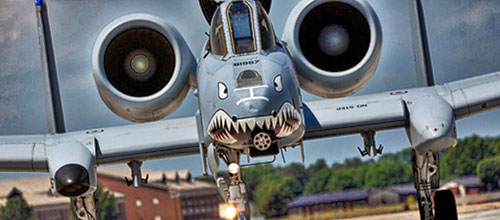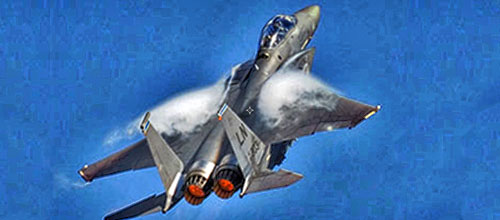Western Museum of Flight
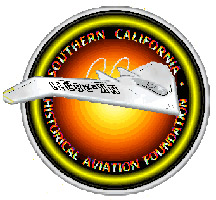
Torrance Airport
3315 Airport Drive, Red Baron #3
Torrance, CA 90505
website
The Western Museum of Flight is a non-profit, educational institution dedicated to preserving and displaying aircraft history and artifacts of Southern California’s aviation heritage. The Air Museum’s educational programs give children an opportunity to see and touch the airplanes that made aviation history. The Air Museum offers an inside look at completed and in-progress aircraft restoration projects. The Western Museum of Flight‘s collection includes numerous Warbirds, aircraft and target drones, piston and jet aircraft engines, aircraft components, aircraft ejection seats, World War II instruments, aircrew accessories, and an extensive model aircraft collection.
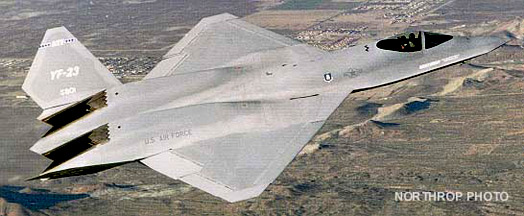
Northrop YF-23A “Black Widow II”
is on display at the Western Museum of Flight, Torrance, California
The Western Museum of Flight has numerous aircraft on display. Current static aircraft displays include:
- Northrop YF-23A“Black Widow II” Advanced Tactical Fighter (PAV-2) – on loan, will be back on display in the future.
- Northrop YF-17 “Cobra” (Prototype #1)
- Grumman F-14A “Tomcat”
- Northrop F-5A “Freedom Fighter”
- Douglas A-4A “Skyhawk”
- deHavilland DH-82A “Tiger Moth” (1940) (under repair, not presently on display)
- North American Aviation XAT-6E “Texan” WW II trainer (replica) with a Fairchild-Ranger V-12 supercharged inline engine.
- Northrop JB-1 “Bat” World War II “Buzz Bomb” built in 1942. There are only three of Jack Northrop’s flying wings left in the world. This is one of them !
- 1883 Montgomery Glider (replica)
- Radioplane RP-76 Target Drone
- Radioplane RP-5A Target Drone
- Rogallo “Sail Wing”Hang Glider – Presently not on display
- Northrop KD2R-5 “Shelduck” basic training target drone
- North American P-51D.
- The Douglas DC-3, The former corporate aircraft for Unocal Corporation
- Northrop Company’s flying demonstrator Sierra Sue
- North American F-86 Sabre Jet .
In addition to the aircraft currently being displayed, numerous Western Museum of Flight volunteers and Northrop Aircraft volunteers have processed the following aircraft through the Darrell G. McNeal Restoration Facility:
- The Northrop N-3PB World War II single engine seaplane built in 1940. Twenty four N-3PB’s were built, this is the only remaining example.
- The Northrop X-4 “Bantam” . Only two of these aircraft were built. The X-4 “Bantam” was restored and returned to the United States Air Force Museum in Dayton, Ohio. It now hangs on display at the USAF Museum.
- The Northrop XP-56 “Black Bullet”. The only surviving aircraft of two built. This was one of Jack Northrop’s experimental wing designs. It was returned to the National Air and Space Museum, Washington, D.C..
Current piston and jet aircraft engines on display include:
- Pratt & Whitney R-985-AN-1 “Wasp Jr.” 9 Cylinder, Air-cooled, Radial Engine, 450 HP
- Guiberson A-1020, 310 HP, 2150 RPM, Radial, Diesel, Experimental (1942)
- Fairchild Engine & Aircraft Corp., Fairchild-Ranger V-12 Supercharged Engine
- McCulloch Corp., T-51R-5190, 270 HP, Liquid Cooled, 5 Cylinder, 2-Stroke, Radial Engine (1967)
- Wright GR-1820-G205 “Cyclone,” 9-Cylinder, Radial, Air-cooled, 1200 HP
- General Electric J-79-GE-3A, Gas Turbine
The aircraft model collection is quite extensive. The over 300 models include numerous wind tunnel models including the Northrop “Alpha”, the Northrop A-9A, the “Space Waif” 6-foot wind tunnel model (1946) on indefinite loan from Caltech, and a Northrop Alpha 7-foot wind tunnel model (1931) on indefinite loan from National Air and Space Museum. Hundreds of plastic scale models are also included in the collection.
The Western Museum of Flight along with the Darrell G. McNeal Restoration Facility are the operating elements of the Southern California Historical Aviation Foundation (SCHAF).
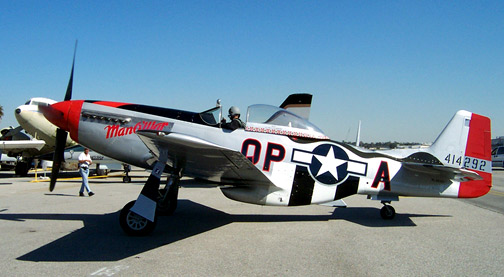
The North American P-51 Mustang
The P51 is the most famous of the American WW2 fighters. Its design specifications like the P-38 were based upon the British requirements for a new fighter. North American Aircraft agreed to produce the first prototype only 4 months after signing the contract in April 1940.
By the end of 1941, the first Mustang was delivered to England for test flights. The design incorporated a low drag airframe and laminar flow wings. The British version used a Rolls-Royce Merlin engine replacing the original Allison engine, while the U.S. version used the Packard-built Merlin.



